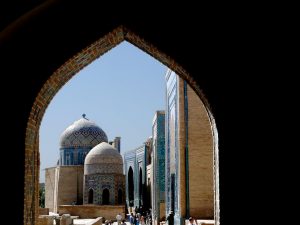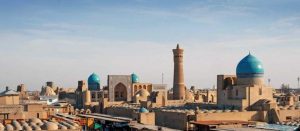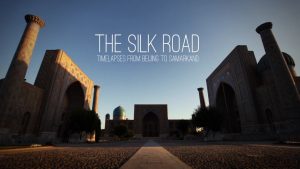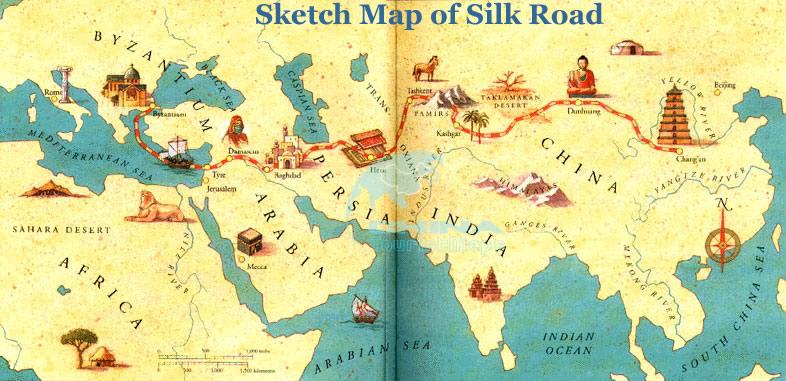Traders, religious, scientists, diplomats, soldiers and adventurers, circulated along this path carrying silk and goods such as porcelain, iron or tea. In addition to this, the Silk Road represented a path of diffusion of ideas and knowledge.

In Castellón, Valencia and Alicante we find numerous vestiges of the importance of the silk that is worth knowing and visiting. The silk came from the hand of the Arabs, was the most powerful industry of the city and at the time of maximum splendor employed about 25,000 people. In order to get a closer look at the trade and the importance of silk, we can visit the Merchants’ Market, a masterpiece of Mediterranean civil Gothic, which was declared a World Heritage Site by UNESCO in 1996. We will continue to the Velluters neighborhood (meaning «Silk craftsmen»), where the master masons settled, who shared in the same building the house and the workshop. In this neighborhood we find the Colegio del Arte Mayor de la Seda where we can contemplate fabrics and other items and buy products like handkerchiefs, handbags and fans.
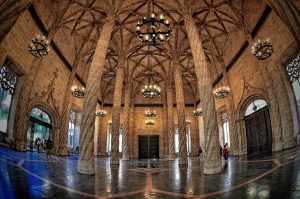
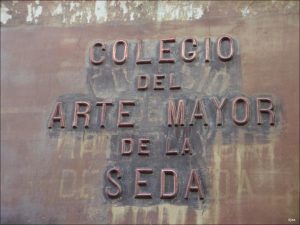
In some villages in the Region of Valencia, silk is still made, in some cases made with eighteenth-century looms where silk fabrics continue to be woven, without any type of mechanization, which in most cases are destined for clothing Of the regional dress. These ancient looms can be seen in the Silk Museum of Moncada, in Castellón we can follow the trail of the silkworms, in Orihuela the forests of moreras (today palm grove) and in Denia, the first point of Al Andalus where we find the memory of silk.

